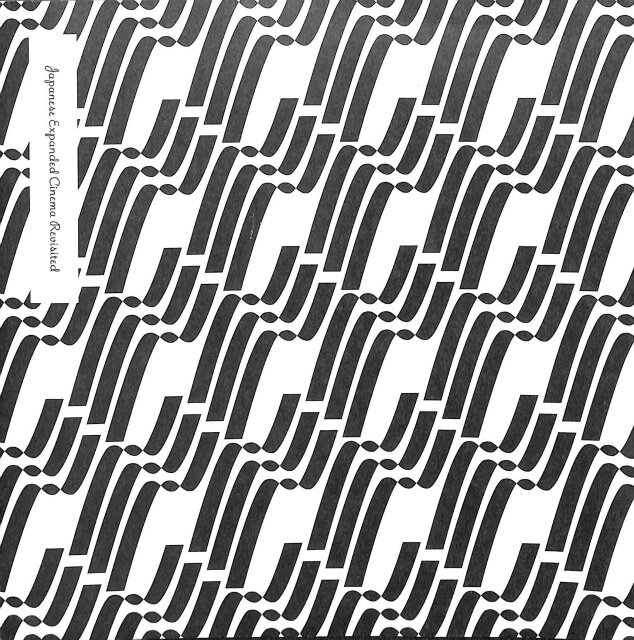The Path To Presenting Cinematic Illumination
Ann Adachi-Tasch
2017 installation view of Cinematic Illumination at Tokyo Photographic Art Museum. Image courtesy of TOP.
The Path To Presenting Cinematic Illumination
CCJ, with its core researchers Go Hirasawa, Julian Ross, and Hiroko Tasaka, is very pleased to be part of the 2020 restaging of Shuzo Azuchi Gulliver’s Cinematic Illumination at The Museum of Modern Art, the first presentation outside of Japan. The exhibition will be on view from March 28th through April 26th, 2020 at The Museum of Modern Art.
Gulliver’s event at Vox Populi Gallery, 2017.
CCJ’s interest in this project began in 2017, when we received our Andy Warhol Foundation grant to to research on Japanese Expanded Cinema. As part of this initiative, we invited Gulliver to visit Philadelphia and give a presentation about his works.
Long before this, CCJ’s core researchers, Go Hirasawa (Meiji Gakuin University), Hiroko Tasaka (Tokyo Photographic Art Museum, TOP), and Julian Ross (Leiden University in LUCAS) have been engaged with Gulliver to explore the possibility of restaging his 1968-69 work, Cinematic Illumination. As part of the Intermedia Art Festival at the discotheque Killer Joe’s, Tokyo, in 1969, Gulliver presented Cinematic Illumination (1968-69), a work involving eighteen slide projectors that illuminated the unique 360-degree environment. Knowing this fantastic work had not been shown since its original presentation, Hirasawa and Ross had searched for partners to restore and restage the work.
As part of her exhibition project, Japanese Expanded Cinema Revisited (August 15—October 15, 2017), Hiroko Tasaka, Curator at Tokyo Photographic Art Museum, took on the initiative to bring this work back to life. Working with a team of technical professionals including Shinji Tanaka, an independent technician, and HIGURE 17-15 cas contemporary art studio, a conservation laboratory for contemporary art, Tasaka and Gulliver puzzled out the task of recreation from assessing the condition of the original slides and stocking the last remaining inventory of the Agfa Scala slide films used in the originals, to creating a 2017 version of the mechanical sequence program to control the succession of the running slides across the 360 degree screen. This landmark exhibition also included an important bilingual catalog.
Japanese Expanded Cinema Revisited Catalog
Installation view of Cinematic Illumination at Tokyo Photographic Art Museum. Photo: Go Hirasawa.
In 2018, CCJ invited Peter Oleksik, media conservator at The Museum of Modern Art to participate in its Collection Survey program, which included a visit to Tokyo Photographic Art Museum to see the slides and selected equipments for Cinematic Illumination. Building on this initial meeting, knowledge on the 2017 installation was shared between TOP and MoMA.
Left to Right: Staff at TOP, Shinji Tanaka, Hiroko Tasaka, Peter Oleksik, and Tohihiko Arimoto of HIGURE 17-15 cas contemporary art studio
L to R: Oleksik, Tasaka, and Go Hirasawa
L to R: Oleksik, Arimoto, and Tasaka
L to R: Oleksik and Tasaka
Building upon that relationship, and working closely with the artist, MoMA’s presentation will be a true landmark for opening public access to this work and its history of Japanese Expanded Cinema.








